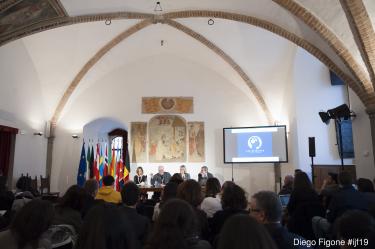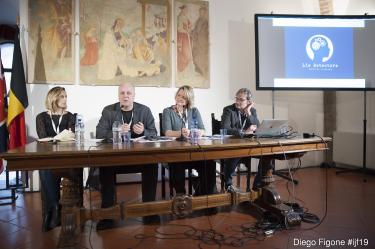Let’s save our children from misinformation and misleading content.
How might we reshape media literacy - using visual tools, VR, AR, Voice Assistants - to interact with new generations, keep them safe and make them well-informed citizens
The news ecosystem is getting older and older. Adult people produce, consume and share content using platforms, tools and formats made by adults for adults. But what about children and teens?
This session will investigate ideas to fill the gap between the media and the so-called "Minecraft generation". Journalists should explore new workflows, formats, types of content and platforms. At the same time, we need to interact with educators to define methods and frames to give to young people the right approach to news and media.
Not so long ago, every school or classroom had its own school magazine, where young "wannabe" journalists took their first steps as reporters and editors. Often, real journalists came to school, teaching students how to gather, verify, write news; and how to edit and realize a print issue. But we were also educated to read and consume news as well. Young generations got familiar with newspapers long before becoming newspaper readers.
Now, our children are the first fully mobile digital born generation and the way they interact with media is completely different from our state of mind. When they turn on the television, they expect to watch only on demand content, whenever they want. When they interact with a screen, the only ux they know is "touch". They get used to creating content - to build a house in the Minecraft world, to record a tutorial on YouTube, to create a music videoclip on TikTok - and share it with their community.
As soon as they grow up, they'll get in touch with the traditional news ecosystem, even if "digital", "mobile", "interactive". And they'll face the risks of misinformation, being unable to recognize quality, verified and worth trusting content. Although there are many studies about children's approach to media and news, the question isn't only how they consume and react to existing formats and content when they impact with them, or how educators can manage those kinds of tasks, but how we - as content producers and distributors - can reshape the news ecosystem to fit the younger generation's attitudes, habits and approach. We need to find resources dedicated to creating different types of content and products, exploring the opportunities of emerging technologies, in particular virtual and augmented reality and voice user interfaces.
We should start to think of our children as the next generation of readers, and the next generation of journalists as well.









